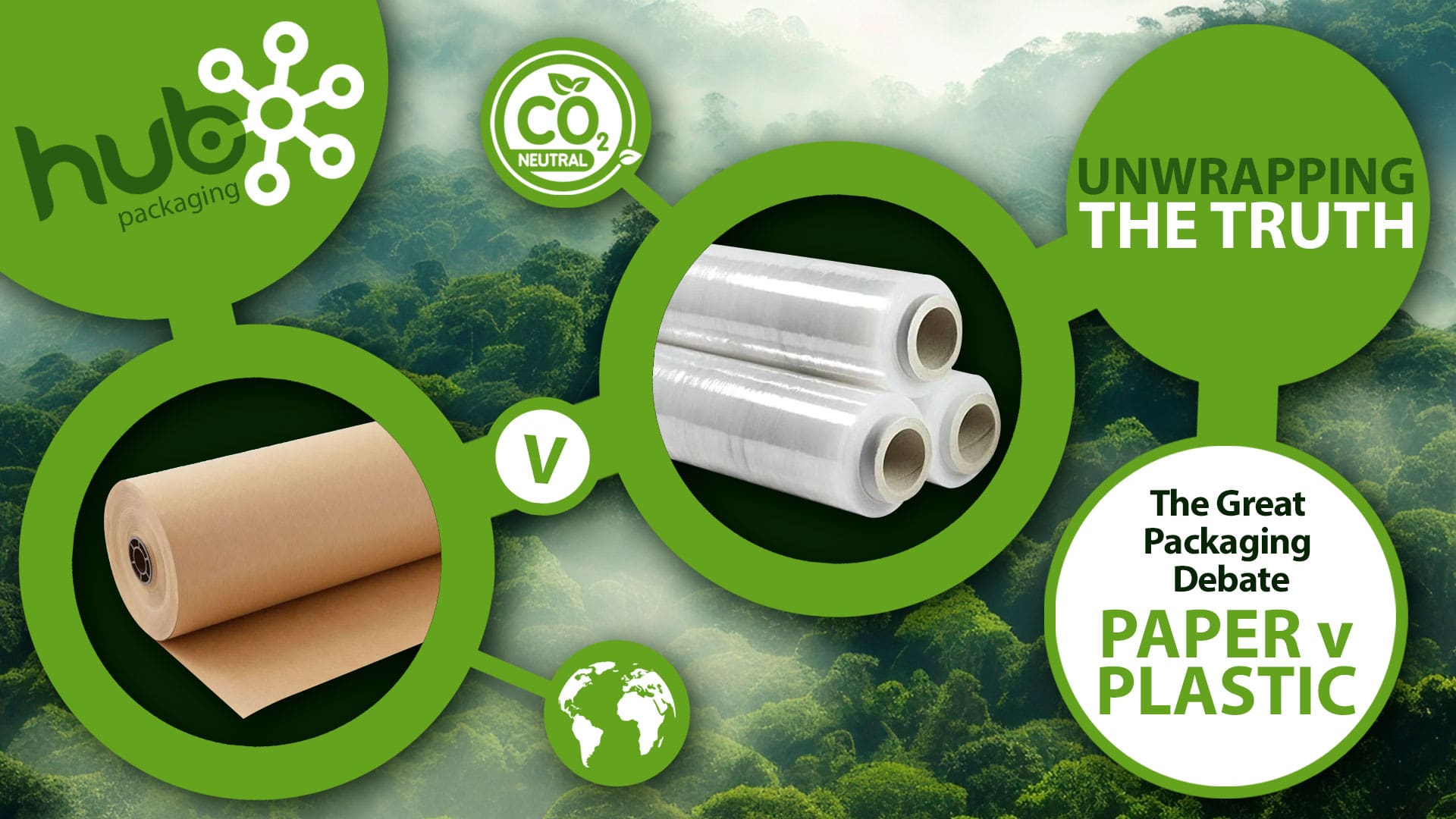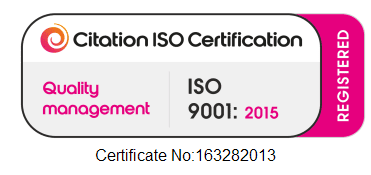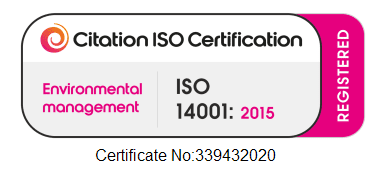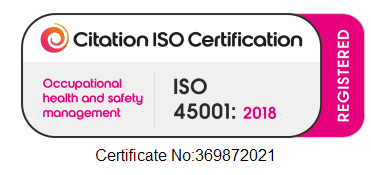The Sustainable Showdown: Unwrapping the Paper vs Plastic Packaging Paradox

In sustainable packaging, the longstanding debate between paper vs plastic remains a point of contention. As concerns about environmental impact and resource conservation intensify, the choice between these two materials has become a focal point for businesses, consumers, and policymakers alike.
Our latest blog is the first in a series of blogs that will cover various topics in packaging and sustainability is becoming more common in conversations, and how we can assist in providing advice and solutions for businesses.
Paper Vs Plastic – The debate
While paper packaging is often championed for its biodegradability and recyclability, plastic packaging is recognised for its durability and cost-effectiveness.
Delving into this complex discourse, we aim to unravel the nuances and trade-offs associated with both paper and plastic packaging, shedding light on the advantages of each material, their respective ecological footprints, recycling capabilities, and overall contributions to a greener, more sustainable future.
By critically examining the strengths and weaknesses of each material, we can pave the way for informed decisions that prioritise both environmental preservation and functional practicality.
Understanding the Benefits of Plastic Packaging
While plastic packaging remains a contentious topic, it is essential to acknowledge its unique benefits.
The utilisation of plastics in packaging is driven by a distinctive blend of advantages that it brings:
- Resilience: The extensive polymer chains constituting the raw material of plastics make them remarkably durable and resistant to breakage.
- Safety: Plastics packaging stands out for its shatterproof nature, eliminating the risk of dangerous shards when subjected to impact. Further insights into the safety aspects of plastic packaging, including its suitability for contact with food.
- Hygiene: Particularly well-suited for packaging food, medicines, and pharmaceuticals, plastics packaging ensures a hygienic environment. Its ability to be filled and sealed without human intervention, coupled with compliance with national and European Union food safety legislation, underscores its appropriateness for sensitive applications. Plastic products, extensively employed as medical devices in close contact with body tissue, adhere to the highest safety standards in critical, life-saving functions.
- Security: Plastic packaging can be manufactured with tamper-evident and child-resistant closures, providing an added layer of security. The transparent nature of the packaging enables consumers to inspect the condition of the contents before purchase.
- Lightweight: Featuring a low weight-to-strength ratio, plastics packaging items are easy for both consumers and distribution personnel to lift and handle.
- Design Flexibility: Leveraging the diverse properties of materials and employing various processing technologies, from injection and blow molding to thermoforming, the plastics packaging industry offers an extensive range of shapes and configurations. Additionally, the ease of printing, decoration, and a spectrum of colour possibilities facilitates brand identification and provides essential information for consumers.
The Advantages of Paper
Does paper hold more sustainability advantages compared to plastic? The utilisation of cardboard presents numerous benefits over its plastic counterpart.
Some of these advantages include:
- Recyclability: Cardboard is derived from renewable wood pulp (processed into kraft paper) or recycled cardboard material. This characteristic leads to a high recycling rate of 85.8% in Europe, in stark contrast to plastic, which is predominantly consigned to landfills.
- Sustainability: Cardboard outshines plastic in terms of sustainability, as it is biodegradable and decomposes at a significantly faster rate.
- Reusability: Among its greatest advantages is the ability for cardboard boxes to be reused. The flexibility of the box corners allows for easy collapsing when not in use.
- Printing and Design: Cardboard facilitates easy printing, rendering it an ideal medium for marketing, branding, and promotional endeavours.
- Cost-Efficiency: Procuring cardboard in bulk can lead to substantial cost savings for your business – thanks to its reusability.
- Prolonged Storage: As long as it remains shielded from water, cardboard can be stored for extended periods without compromising its integrity.
The Disadvantages of Plastic Packaging
Plastic packaging is increasingly acknowledged for its adverse environmental impact. Due to its extended biodegradation period, often spanning thousands of years, single-use plastic packaging poses a significant pollution threat. Even packaging labeled as recyclable frequently ends up in landfills, particularly given the divergent recycling capabilities across different councils in the UK.
As plastic undergoes degradation, it releases small toxic molecules that can contaminate soil, rendering local land infertile. These molecules can infiltrate waterways, causing harm to delicate ecosystems.
Moreover, the plastic production process itself contributes significantly to environmental degradation. The majority of plastic is manufactured inexpensively in factories located in developing countries, where regulations on pollution are often limited. These facilities release substantial amounts of carbon dioxide into the atmosphere, and many discharge toxic waste and manufacturing by-products into nearby bodies of water.
The Disadvantages of Paper Packaging
While paper packaging boasts various advantages, it is not without its drawbacks. In comparison to alternative materials like plastic or metal, paper packaging may exhibit limited durability and strength, making it less suitable for certain heavy or fragile items.
Now, let’s delve into the next section detailing the disadvantages of paper packaging.
- Susceptibility to Moisture and Impact – A primary drawback of paper packaging lies in its vulnerability to moisture. Unlike plastic or metal, paper can absorb water, jeopardizing its structural integrity. This renders it unsuitable for products requiring substantial protection against moisture or those with an extended shelf life.
- Restricted Strength and Durability – In contrast to materials such as plastic or metal, paper exhibits limited strength and durability. It may not be the ideal choice for packaging heavy or bulky items that demand robust protection. Paper packaging is susceptible to tearing, especially when subjected to rough handling or harsh conditions.
- Space and Storage Requirements– Paper packaging tends to occupy more space than other materials due to its bulkiness. This can pose challenges during storage and transportation, particularly in extensive operations. Ensuring appropriate storage conditions becomes essential to preserve the packaging’s reliability.
- Environmental Impact of Production – While paper packaging is environmentally friendly in terms of recyclability, its production process carries certain environmental implications. The manufacturing of paper necessitates the use of water, power, and substances, contributing to deforestation, water contamination, and the release of greenhouse gases.
- Limited Barrier Properties – Paper packaging inherently possesses limitations in terms of barrier properties. It is permeable to air, moisture, and certain chemicals, posing challenges for products requiring high protection against external elements. Additional coatings become necessary, potentially increasing the overall cost of packaging.
Unveiling the Data
Now that we understand the various advantages and disadvantages of each material in the paper vs plastic debate, it’s time to look at some statistics.
In this analysis, we delve into data provided by wrap.org.uk and the Royal Statistical Society, shedding light on the stark reality of packaging waste and recycling globally, before focusing particularly in the UK.
According to wrap.org.uk, 141 million tonnes of plastic packaging are produced worldwide annually, with approximately one-third of it leaking from collection systems and polluting the environment.
Moreover, the entire lifecycle of plastic, from production to disposal, contributes a staggering 1.8 billion tonnes of carbon emissions each year, exacerbating the environmental crisis. Alarmingly, the Royal Statistical Society reports that only 9% of all plastic ever made has been recycled, underlining the severity of the plastic waste problem.
The Reality of Recycling
Examining the packaging waste and recycling data for various materials in the UK in 2021, it becomes apparent that while some materials such as metals, paper, and cardboard boast higher recycling rates, plastic lags at 44.1%.
This data highlights the urgent need to improve recycling infrastructure and promote sustainable practices, emphasising the significance of comprehensive measures to tackle packaging waste across all materials; not just paper and plastic.
The UK Scenario
Statista reports that in 2021, 5.4 million metric tons of paper and cardboard packaging was created by households in the United Kingdom. Of this total, 3.8 million metric tons was recovered, giving a recycling rate of roughly 71 percent. In comparison, 2.5 million metric tons of plastic packaging was generated that year, with just 44.1 percent recycled. The packaging materials with the highest recycling rate in 2021 was steel.
However, the recent introduction of a single-use plastic ban in the UK on October 1st, 2023 & the UK Plastic Packaging Tax in 2022 signifies significant steps towards curbing plastic waste and fostering more sustainable solutions.
By comparison, Belgium had the highest recycled or recovered rate among EU countries in 2017 at 83.8%.
However, it is important to counteract the above statistics with the theory that in some cases, plastic packaging may be of less harm to the environment than other packaging alternatives.
A report produced by Veolia, looking at the role of plastic recycling in achieving the carbon net-zero targets, stated that:
Although only 2% of British people believe that plastic contributes the least greenhouse gases to the environment from its production, use and recycling, in the majority of cases the main alternatives for packaging including cardboard, glass, steel and aluminium emit more greenhouse gases than plastic.
Case in point, if all plastic bottles used globally were made from glass instead, the additional carbon emissions would be equivalent to 22 large coal-fired power plants producing enough electricity for a third of the UK. This is not to say that there are not cases where the converse is true, and for example, local supply chains for milk can mean that glass milk bottles make sense carbon wise.
Veolia, ‘Examining Material Evidence’ The Carbon Fingerprint Report, 2020
Conclusion
The paper vs plastic packaging debate is undoubtedly multifaceted, requiring a holistic approach that considers the environmental impact, recycling rates, and overall sustainability goals.
As the world grapples with the repercussions of excessive packaging waste, industries, policymakers, and consumers must collaborate in developing innovative solutions that prioritise environmental preservation and long-term sustainability.
Through concerted efforts and a collective commitment to responsible packaging practices, we can pave the way for a more sustainable and eco-conscious future.
How can Hub Packaging help?
Finding the ideal solution isn’t straightforward. Choosing between paper vs plastic packaging relies heavily on the specific application. Yet, the key lies in diminishing our dependence on disposable packaging, irrespective of the material used.
For expert guidance and further insights, reach out to Hub Packaging today. Our team is ready to provide tailored advice and innovative packaging solutions.
Learn more about our offerings by visiting our website www.hubpackaging.com and stay updated by following us on LinkedIn.
Enjoy our paper vs plastic packaging blog? You can browse more of our blogs at this link – https://www.hub-packaging.com/news/
Browse our Online Store
Why not browse our range of sustainable packaging options on our online store?
With a wide range of options across various categories from strapping, tapes and pallet wrap, we can provide you with a suitable packaging solution for your business.





